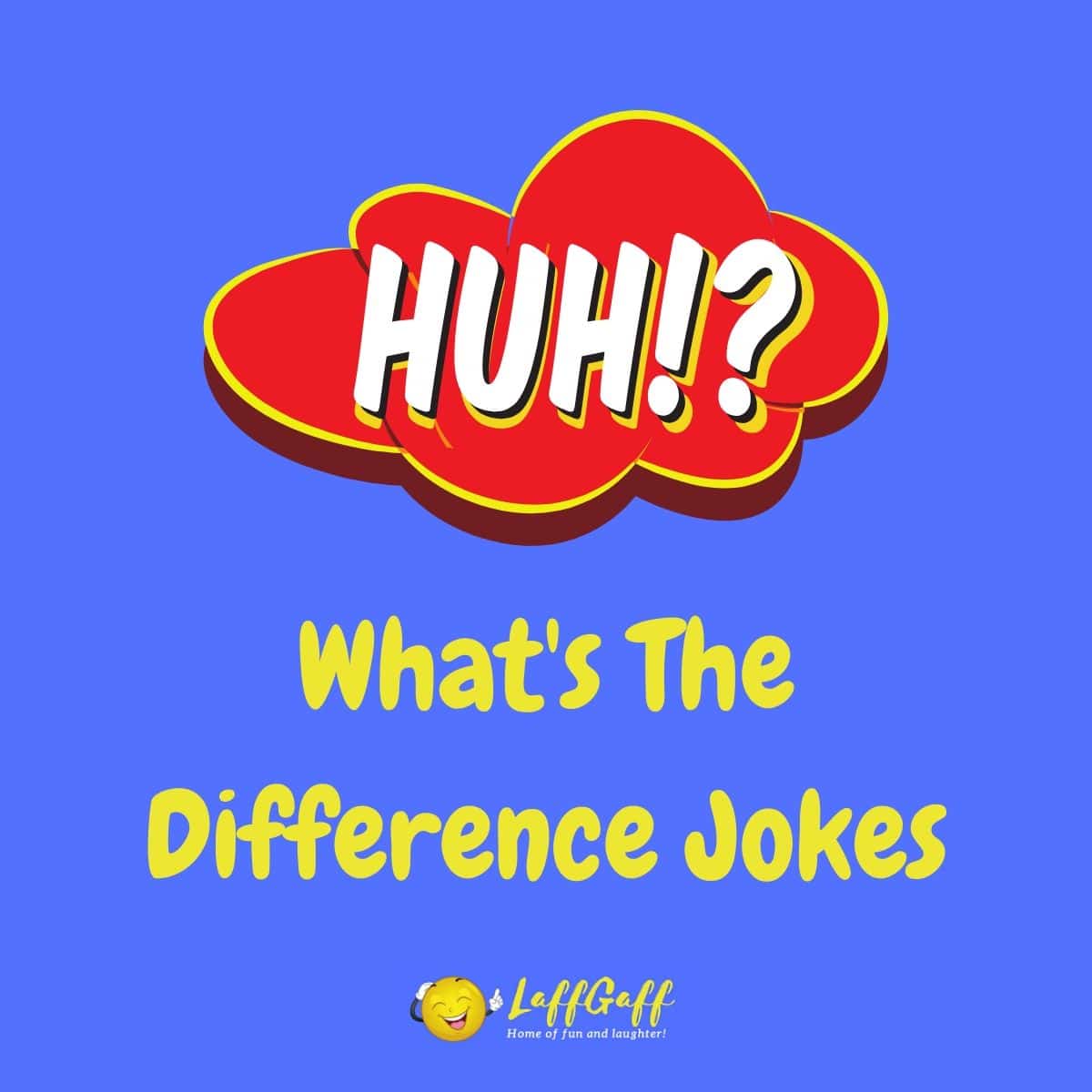Unraveling The Layers: What The Difference Between Jokes Is
Humor is an essential part of human interaction and culture, with jokes serving as a primary vehicle for comedic expression. However, not all jokes are created equal. Understanding what the difference between jokes can greatly enhance our appreciation for humor and its various forms. From one-liners to puns, each type of joke evokes different responses and caters to diverse audiences. In this exploration, we will delve into the classifications of jokes, their functions, and how they impact our social interactions. By recognizing these distinctions, we can navigate the complex landscape of humor more effectively and enjoyably.
Throughout history, jokes have evolved, mirroring societal changes and cultural shifts. The very essence of what makes a joke funny can vary from person to person, influenced by individual experiences, cultural background, and social context. This variance prompts the question: what is the underlying structure that differentiates one type of joke from another? By dissecting the anatomy of humor, we can gain insights into why certain jokes resonate more profoundly than others.
As we embark on this journey of understanding, we will answer critical questions about jokes. For instance, what are the different categories of jokes? How do delivery styles impact the effectiveness of a joke? And why do some jokes fail while others succeed? Join us as we unravel the layers of humor and discover what the difference between jokes truly is.
What Are the Main Categories of Jokes?
When we talk about jokes, it's essential to recognize that they can be categorized in various ways. Some of the main categories include:
- One-liners: Short, snappy jokes that deliver a punchline quickly.
- Puns: Jokes that exploit multiple meanings of a word or similar-sounding words for humorous effect.
- Observational Jokes: Humor that stems from everyday life situations and observations.
- Story Jokes: Longer jokes that involve a narrative leading up to a punchline.
How Do Cultural Contexts Influence Jokes?
Cultural context plays a pivotal role in humor. What may be hilarious in one culture could be considered offensive or puzzling in another. For instance, jokes relying on cultural references or idioms may not translate well across different societies. Understanding the local culture can be crucial for the effectiveness of a joke. Here are some ways cultural contexts influence jokes:
- Language nuances and idioms.
- Sociopolitical issues that may be sensitive in certain regions.
- Shared experiences that create a common ground for humor.
What Makes a Joke Funny?
The elements that contribute to a joke's funniness can vary widely, but some common factors include:
- Surprise: A twist or unexpected punchline can invoke laughter.
- Timing: The delivery speed and pauses can enhance the impact of the joke.
- Relatability: Jokes that resonate with personal experiences often elicit stronger laughter.
What Is the Role of Delivery in Jokes?
Delivery is a crucial component in the art of joke-telling. A well-timed pause, the right tone, and even body language can make or break a joke. Examining the role of delivery, we can identify various styles:
- Deadpan: Delivering a joke with a serious demeanor can amplify the humor.
- Exaggeration: Over-the-top expressions and gestures can enhance comedic effect.
- Conversational: A relaxed and informal style can make jokes feel more relatable.
Why Do Some Jokes Fail While Others Succeed?
The success of a joke often hinges on several factors, including the audience, context, and delivery. Some reasons why jokes might fail include:
- Misunderstanding: If the audience doesn't grasp the reference, the joke falls flat.
- Inappropriate content: Jokes that are offensive or insensitive can alienate audiences.
- Poor timing: Delivering a punchline at the wrong moment can diminish its impact.
What Is the Science Behind Laughter?
Interestingly, humor has been the subject of scientific study. Researchers have explored how laughter affects our brain chemistry, social dynamics, and even physical health. Here are some insights:
- Laughter triggers the release of endorphins, promoting feelings of happiness.
- Humor can foster social connections and improve relationships.
- It has been linked to stress relief and enhanced immune function.
How Can Understanding Joke Differences Enhance Communication?
By recognizing the differences between jokes, individuals can enhance their communication skills. Understanding humor can facilitate bonding and ease tension in social situations. Here are some ways humor can improve communication:
- Breaking the ice in new interactions.
- Lightening the mood in serious conversations.
- Creating shared experiences through laughter.
Conclusion: What the Difference Between Jokes Reveals About Us?
In conclusion, understanding what the difference between jokes is not only fascinating but also enriching for our social lives. Jokes come in various forms, influenced by culture, delivery, and context. By exploring these distinctions, we can appreciate humor's complexity and its role in our interactions. As we navigate our humorous landscape, let us remember that laughter is a universal language, transcending barriers and bringing people together.
Unlocking The Cool Factor: Ultimate Cool Names For PSN
Unveiling The Truth Behind The Project X True Story
Unraveling The Mystery: How Old Is Charleston White?


